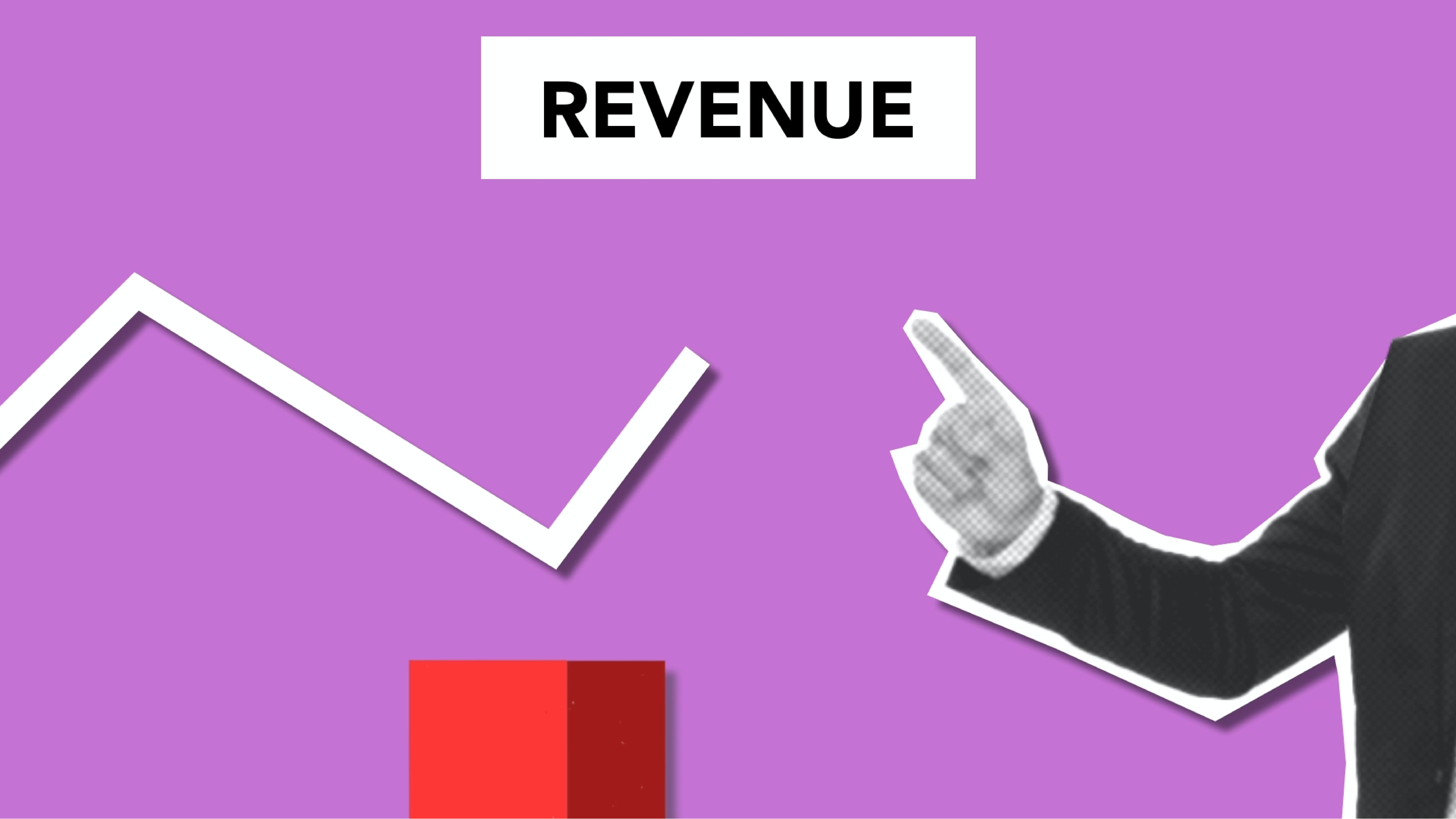
When thinking about how valuable a company is, it’s easy to think about the tangible things, such as the machines it owns, the land the factory occupies, or the inventory it has waiting to be sold. While they can be harder to define or measure, intangible assets such as intellectual property or proprietary tools provide significant value as well. Brand goodwill is one of those intangible assets and one that UX can help grow; let’s explore how.
Goodwill is defined in corporate accounting as an intangible asset and accounts for the premium a purchasing company pays, above and beyond the worth of the tangible assets and debts, when acquiring another company. Even if a company is not looking to be acquired, it is useful for decision-makers to examine what goes into goodwill as the benefits extend to the daily bottom line as well. Several common factors that go into goodwill include brand name, brand awareness, customer relationships, and satisfaction. Brand goodwill can be a significant reason why millions of people choose options like Coke, Apple, Starbucks, and others over their competitors. In many cases, customers choose those particular products even when many similar alternatives exist.
But just how important is brand goodwill? According to a 2010 KPMG study, over 50% of the purchase price of a business is considered goodwill. To give you a couple of high-profile examples from recent history, when Amazon purchased Whole Foods in 2017, goodwill accounted for $9B of the $13B purchase price, and when Microsoft purchased LinkedIn in 2016, roughly $20B of the $25B purchase price was goodwill.
In this blog, I’ll explain how, beyond directly improving your product, UX research can be an important step in building goodwill with potential customers. For UX researchers reading this, consider talking with your decision-makers about how your research can help build brand goodwill.
Let’s explore 3 common areas where UX can help build brand goodwill.
#1. Excellent product quality
UX research is excellent at improving the quality of your product! Usability testing uncovers problems and deficiencies early in the design and creation process so that you can fix them before your product ever hits shelves, and heuristic evaluations help to smooth rough edges and guide creators in the right direction, as just a few examples. Quantitative research, which provides metrics like Customer Satisfaction Score (CSAT) or Net Promoter Score (NPS), allows you to keep a pulse on what is working or not working once a product launches. Customer feedback from surveys, forums, or customer support gives you a window into issues that can be addressed in future versions and even spark ideas for totally new products.
#2. Understanding your customers
Good news, there are many UX tools to accomplish this goal as well! Customer personas help define who your customers are and what they need from your product. In-depth interviews (IDIs) with customers allow you to better understand your customers' needs, goals, pain points, and motivations. All this helps explain why they have chosen your product over a competitor (or why they chose your competitor instead!). Diary studies allow you to follow a customer through the process of finding out about your product, buying the product, and initially using it so you can see how your product fits into their life. Card sorting gives you a window into customers’ brains and how they categorize and think about content. And that’s just the start of what each of these tools can teach you about your customers. Asking for feedback and then acting on it allows you to show that you value their feedback and actually listen.
#3. Positive connections with your customers
Understanding your customers better allows you to create more positive connections with them. Customer journey maps track the customer experience with your organization from beginning to end, noting both the emotional highs and lows of the journey, allowing you to iron out the lows and create more steps that satisfy or delight. In-depth interviews can help you craft loyalty programs that are meaningful to your customers, which can play a role in maintaining happy customers and growing your bottom line. Research conducted by Fred Reichheld, creator of the NPS score, has shown that increasing customer retention rates by 5% can increase profits anywhere from 25% to 95%.
In summary, goodwill is a large component of how much companies, both big and small, are valued, and it is important to understand how the UX world can impact that value. Fortunately, many of the factors that make up goodwill are areas where UX research is very well suited to make a positive difference. Methods such as usability tests and CSAT or NPS surveys allow us to improve and follow product quality throughout its lifecycle, personas and diary studies allow us to better understand our customers, and journey maps and interviews help us to create more positive connections with them. All of this not only can lead to increased brand goodwill and value but also to happier customers who may be more likely to stick with you for the long haul.
We at Key Lime Interactive are committed to partnering with you to achieve these goals through high-level UX strategy consultation and expert implementation of individual projects. Contact us today!










Comments
Add Comment